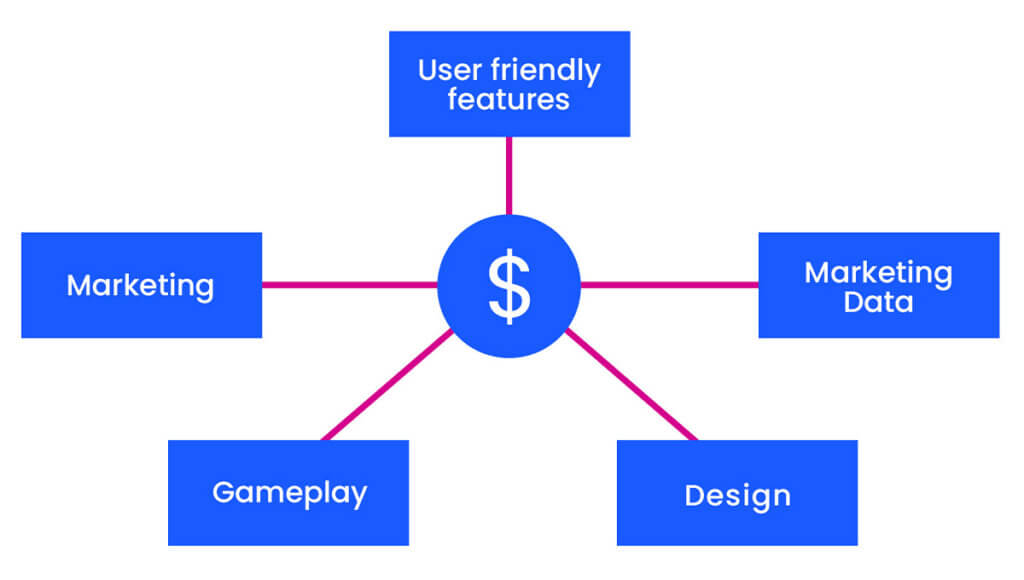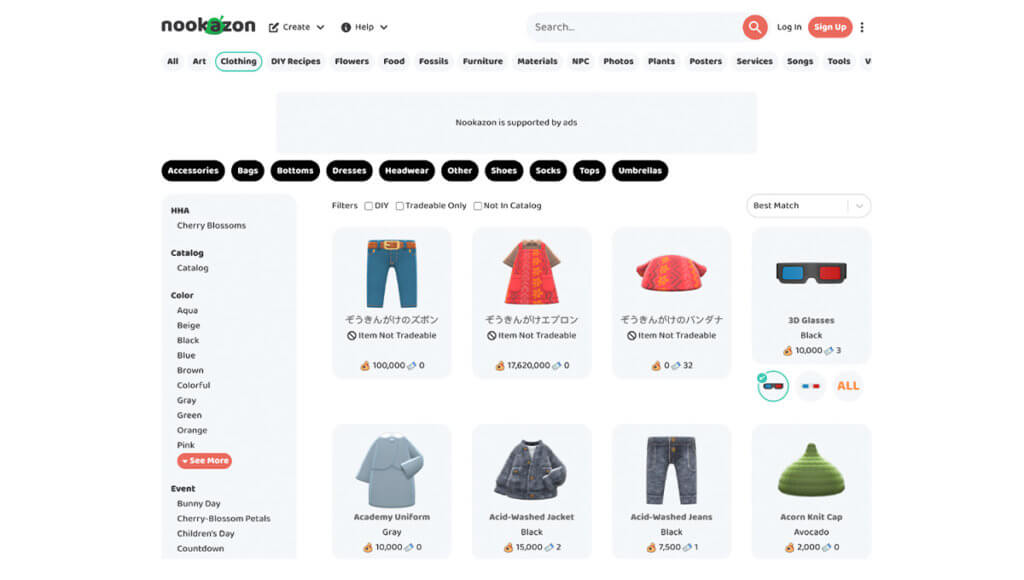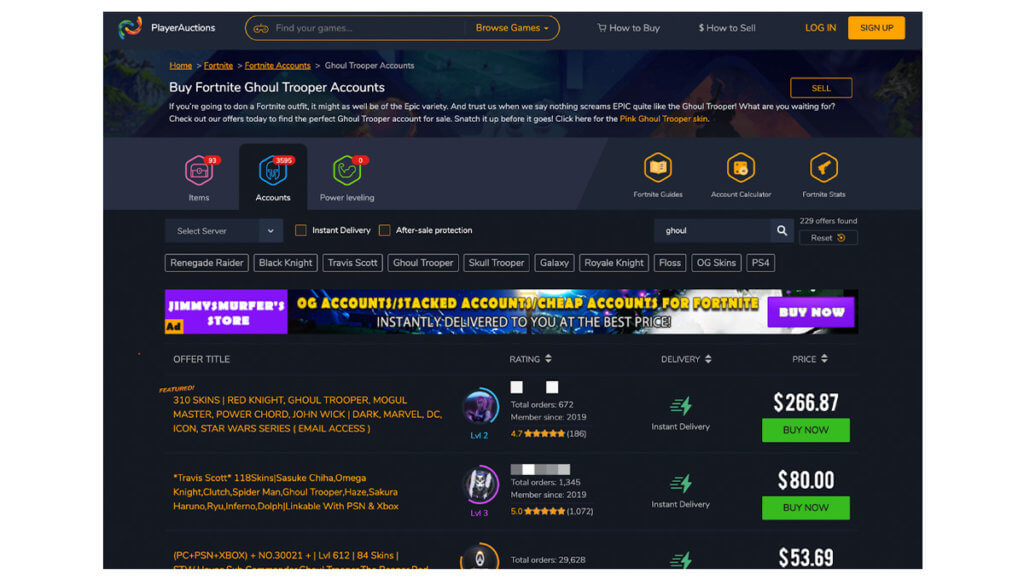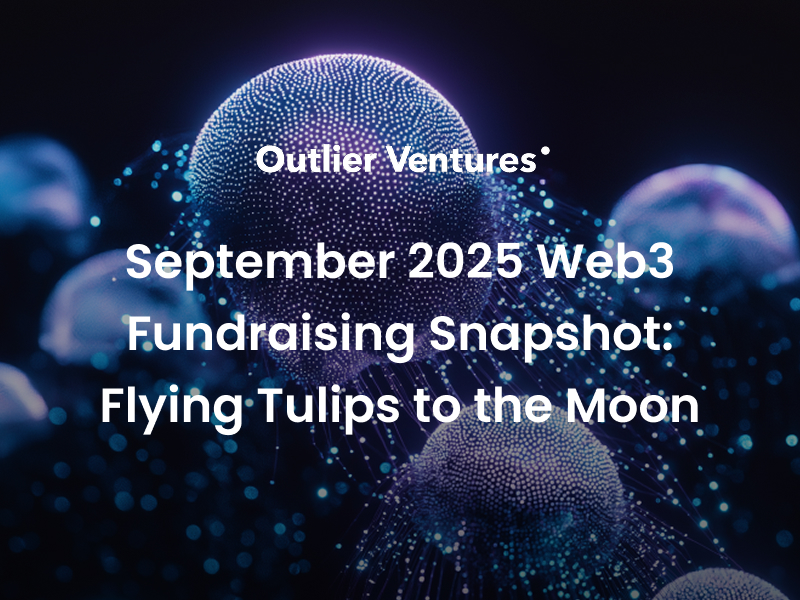Creating a perfect game is a daunting task, therefore I have decided on a basic thesis. A perfect game does not exist – there are too many different markets and too many different players to generate a formula that will please all. But looking at various points of reference we might come close.

The core principles for our formula should include:
- Gameplay
- Market data
- Marketing
- User-friendly features
- Design
Gameplay, user-friendly features and design could fall under one category (“Game design”) but I decided on separating them, as we are discussing a hypothetical situation, piecing some puzzles together and bringing up-front crucial parts of game design. The aim of this segment is to show that there are many routes in the adventure of game creation but there is always a piece one can take and put in their digital world.
If we would look at the market data from a software-selling angle (the “Market Data” point), a perfect title would mean that we would have to mix Minecraft with GTA V, with a sprinkle of Tetris, Wii Sports, some Super Mario and PUGB. Analyzing arcade games (from the estimate gross revenue side) would leave us with a Space Invaders Pac-man with Street Fighter II combos. Perfect mobile game? Honor of Kings, Puzzle & Dragons, PUBG Mobile and some Clash of Clans with an addition of (you guessed it!) Candy Crush Saga. Sounds utterly crazy and some of these wild mixes can look intriguing on paper but imagine playing them. We have seen titles trying to mix genres and ideas and failing.
So let us take a step back and see what kind of elements we could take and use from some of the titles and look from a gamer’s perspective. Browsing through the “best of..” lists (whether these are a best seller, or highest concurent number of players), we can see titles that have these attributes/features in common:
- World-building
- Competivness
- Exploration
- Co-operation
- Creative factor
- The thrill factor (for which there is a mathematical equation)
This pushes me towards the sandbox type of game with additional elements of adventure, action and social sim put into it. Additional reason is obvious: budget.
Sandbox type of games and sims can have lower budgets and smaller teams are needed to develop them (as shown by success of Minecraft or Terraria). In addition, product development and adding new content can go on for years or decades. They also serve as digital playgrounds for players, an aspect that led to huge success of some sim titles from mayor players like Nintendo and their hit Animal Crossing: New Horizons.
One might scratch their head and say the same arguments apply to role-playing video games (cRPGs.) We have constant content delivery, new updates, focus on the experience and the story – the list can go for ages. But there is one important aspect missing: the in-game social interaction. It’s taken out of the game and a collective experience is formed outside of the game shell – on social media, reddit forums or discord channels. Caves of Qud, that has been in development since 2007 (developers are promising full release in 2023!), is a great example of that. A science fantasy RPG, that is single-player and has a variety of content, modifying options and astonishing character development options (just to quote the official source: “Assemble your character from over 70 mutations and defects, 24 castes and kits, and dozens of cybernetic implants”.) but without the in-game social aspect. Many cRPGs share CoQ’s path and therefore if we want to look for a formula of a perfect game, we have to look further than the complex cRPG basket.
Games that play with the player’s creativity have one of the highest chances of being immersive experiences that we tend to bring our friends into or meet new human beings. The social aspect, cooperation and creative factor are the base of Fortnite’s or Roblox’s success (and yes, I believe you can put your creativity up for a spin in Fortnite, and not only by showcasing innovative ways to slay other players). Social sims helped many to get through the pandemic, with sales of titles like Animal Crossing going through the roof and introducing many to the concepts of the digital playground, in-game social interactions, and creativity that they never knew existed.
But even if Animal Crossing is close to being an example of our ideal game, it misses vital points like the lack of sandbox factor and the freedom of asset distribution. Why this is not crucial if we look at the market data or the number of concurrent players playing a given title (Tetris, PUGB or Wii sports definite do not tick these boxes), a great part of gaming titles will rely on these factors.
This being said with our ideal game we could test out some hypothetical models of content distribution.
While Nintendo, Epic or Blizzard are officially forbidding reselling of in-game assets from their games, players have found a niche and are bypassing this by creating marketplaces, ads and webpages that serve as a places to sell content, but on the other are operating in a grey (or even black) area of content distribution. Webpages like Nookazon or PlayerAuctions have been created to fill a need in the market – asset liquidity and the desire for the players to earn. Additionally, some of the players want to have a return of their investment (in this case being time and money) so they can move on to the next title.


With blockchain gaming and models such as play and earn gaining traction, the solution to the player’s problem is right at their fingertips but would require companies to be more open about their games’ ecosystem. This would mean a great deal of economical change for Triple A game companies like Epic, that would no longer see stats like $50 million from a single set of skins. Or would they?
NFTs enable a whole new spectrum for opportunities – both for the creator and for the reseller. Developers could include an obligatory percentage (that would should be no more than 10%) in the in-game items so that they could earn money even if the item leaves primary marketplace and flies off to a secondary one. Brand partnerships would also be simpler with automatic payments written into the smart contract and traction for counterfeit goods (a problem that could arise in the metaverse but is easier to track in the digital world than in real life).
If our game had interoperable assets (which is a song of a distant future for the current state of game development but companies like Fragnova are trying to solve the problem), another aspect comes to mind – user-generated assets that would serve as a content fuel not only for our perfect game but for the Open Metaverse itself.
If a game is free to play, and the developers’ revenue comes from item sales, then if user-generated assets outsold the items created by the developers, there would be no sustainability in the economy of the title. For a large developer this means an instant kill. For an indie developer, this can mean either a pivot or a window of opportunity and experimentation with both, the game and the assets’ economy. Creators of a game called Time Riders are already playing with the idea and even have stated promoting user-generated levels and NFTs in their game. So, imagine playing with out “perfect game” formula with the basic game being created by a small dev team, but the additional areas could be bought or given as an NFT. Imagine being an early adopter of a game title and getting all your Steam Achievements. After that specific NFTs could be airdropped to your wallet that serve as keys or tickets to additional content. Or content to another game that you could link with your account and use your assets in. The better the achievements or the harder the tasks were, the better the item would be. And what’s more – if you put it up for sale, the game developers would earn their share of the profit. World-building games or titles that have a wide range of content are perfect for in-game economies. But it’s important not to get lost in the monetary aspects of gaming and have a fun and challenging experience. This is where the mechanic factor comes into play. The game should be a pleasant experience in itself – money aside. The cooperative mechanics, well-mapped controls, world and lore design – this can all ruin a title or make it the best one ever.
XXI century is a perfect time for a video game fan – a vast catalogue to choose from, great games coming out every month and an option to take a part of your reality (such as your friends) into the in-game world. From the game developer’s perspective, it’s either a picking from a variety of formulas and mixing them into something new with a familiar vibe (or something familiar with a new vibe) or risking it all and dwelling into a niche full of the unknown. Gaming has many paths you can consider – the immersive single player adventure, corners filled with puzzle titles, the side-scroller beat-em up heaven (or hell for some), engaging co-op sessions. At Outlier Ventures we’re taking the Open Metaverse path, focusing on the openness and seamless distribution – this is a great ground for sandbox and sim games to be tested on. While creating an ideal game title, that would hook the alpha geek for tens of hours, my educated guess would go towards the sandbox / sim formats – a design choice aim to immerse, replace some of our social media actions, to fully open and decentralize digital assets market and fuel the user’s creativity. I cannot wait to see and play what the next generation of builders will create!



